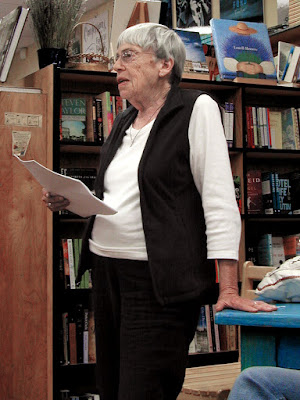In the section about Tiresias’s plight, I found it interesting that gods are unable to undo the act of other gods—that the most they can do is try to counteract or make up for the punishments or blessings other gods give. A modern pseudo-political story about a war of the wills between a set of gods could be fun, and so could a spun, modernized take on the way Narcissus is constantly being chased and admired and running away from all of that. I was also intrigued by the idea of Echo—a girl who can’t really speak herself, and struggles to communicate through others—but I think she would work better as a supporting character than a protagonist.
Narcissus
One thing that interested me in this story was the fact that a spurned love interest merely had to call down a curse upon Narcissus, and Nemesis happened to hear it and decided to grant it. I think that might be fun to play with in a high school setting. The other lines that caught my eye read, “Fool, why try to catch a fleeting image, in vain? What you search for is nowhere: turning away, what you love is lost!” So I’d also be interested in using that idea as the initial/catalyst conflict for a story, with a protagonist who’s lost a loved one and is desperate to get them back.
Pyramus and Thisbe
I found this one almost as irritating as Romeo and Juliet (though at least these two actually knew each other enough to somewhat justify their actions), but I did like the image of the two kids communicating through this secret fissure that no one else can see or detect. If I used that aspect and gave the story a supernatural element, I think I could have fun with it.
Mars and Venus
Sol's role was the one that caught my attention in this one; he almost reminded me of a private detective hired to catch a cheating spouse, and I liked that even though he went straight to Vulcan to report back on Mars and Venus, he was still sorry that he'd found out—sorry that there was ever anything to find out. It could make for an interesting main character: I'd probably set it in a contemporary high school, featuring a character hired by classmates to look into significant others.
Perseus and Andromeda
Though I tend to enjoy Perseus's stories in general, my favorite gem in this one was the part where Atlas heard who Perseus's father was and immediately feared him and sent him away, because of an old prophecy involving a son of Jupiter stealing from him. I'd like to use this aspect in a retelling, in which the protagonist is proud to be his father's son but is constantly met by fear and judgment because of it.
Perseus and Medusa
The Graeae sisters, who live in a cave, all look alike, and all share a single eye, were definitely the inspiration-highlight of this one for me. I'd be interested in taking that element and transplanting it into a different type of story, starring the sisters as the main focus and switching up the setting and possibly the genre.
Bibliography: Ovid's Metamorphoses, translated by Tony Kline. Source: Mythology and Folklore UN-Textbook.
Image Credit: Narcissus by Caravaggio. Source: Wikimedia Commons.









